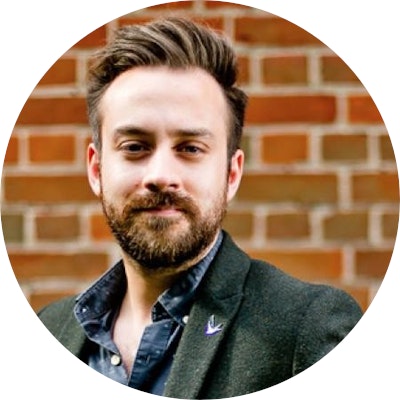Digital Marketing - Study Notes:
Forming a strategy
Your social media content should tell a story about you. As Simon Sinek once put it, people don’t buy what you sell, they buy why you sell. Being able to tell a convincing narrative will help you convert audiences to your business objective and to become brand advocates.
What story do we want to tell?
Roughly speaking, content can be teamed into three overall categories:
- Functional. This is less emotive and more fact-based content. This is a strong driver of B2B content and is directly related to your business or brand objective. Essentially, it’s the hard sell.
- Emotional. This is the realm of tapping into the human experience, be it funny, uplifting, or a moment of real honesty or poignant reflection. Showing your brand has a personality allows consumers to relate to your business.
- Essential. This is the absolute bare minimum that a consumer needs to know about you in order to form an opinion. This might be your product range, your prices, maybe the locations of your venues or your vendors. This content can help achieve great calls to action for your brand or business.
A good social media strategy should contain a mix of these content pillars.
Steps
Forming a complete content strategy will help you create meaningful content that’s seeded to the right audience and to the right channels. There are a number of steps in the content strategy planning process:
- Objectives. Define your objectives. It may be that the main objective for your social content is to achieve brand awareness or you could be looking toward getting sales and full conversions. Whatever the objective, you need to be able to align it with your content.
- Key Performance Indicator (KPI) measurement. Measure the effectiveness of your content, and establish benchmarks and targets that you want to achieve with it.
- Audience segmentation. Identify key content personas and create content based on audience needs.
- Content type selection. Determine which content formats best serve your purposes and are required by your target audience.
- Platform selection. Ensure the platforms that you choose to push out your social media content on make sense, and are aligned to your audience behaviors and business objectives.
- Social listening. Engage in social listening to highlight opportunities, identify brand crises, and establish a real picture of the sentiment toward your brand or business.
- Competitor analysis. Identify opportunities and crossover between you and your competitors.
- Content audit. Conduct content audits to make sure that your content is performing as well as it should be, and that you haven’t missed any opportunities to optimize or improve your content.
- Resourcing. Decide whether it’s better to have your social sit in-house or with an agency.
- Scheduling. Schedule your content.
Objective setting
Content creation should always facilitate a wider business objective. Here are some sample business objectives:
- Increase exposure. Increasing the exposure of your brand or brand awareness can be achieved through social content.
- Increase traffic. Increasing traffic can help drive conversions and, ultimately, gain new customers.
- Increase engagement. Increasing engagement helps build a brand trust and a brand relationship between you and your intended audience.
- Garner marketplace insight. Using your social media content to act as a measuring bar for the kind of content your audiences want to consume, and also to identify the sentiment around your business or industry.
- Develop loyal fans. Developing loyal brand advocates or fans, and being able to foster great relationships with key influencers.
- Generate leads. Generating leads, ultimately, will help improve your sales.
- Improve sales. Improved sales can be measured by orders, new customers, or sales revenue.
Defining your content type
When defining your content type, it’s important to understand its purpose. In this particular diagram (see slide ‘Defining your content type’), we look at the difference between content that not only entertains, but educates, convinces, and inspires. You can see as we move from entertaining into the inspirational space, we move from awareness to purchase. And as we move from entertaining into education, we move from an emotional response to a rational response.
Our business-to-business and our business-to-consumer audiences are very different in their purchase behaviors and the types of content that they consume. Make sure that whoever your intended audience is, that your content format and type, including your content messaging and tone, align with their needs and requirements.
Back to TopSeán Earley
Creative Director at Teneo PSG Digital
- Creative Director at Teneo PSG Digital with five years’ experience in Digital Marketing, Social, and PR Agencies
- Founding member of Teneo PSG Digital
- Former Director on the Board of the Irish Internet Association
- Passionate about creating content that captures audience imaginations and delivers business objectives





